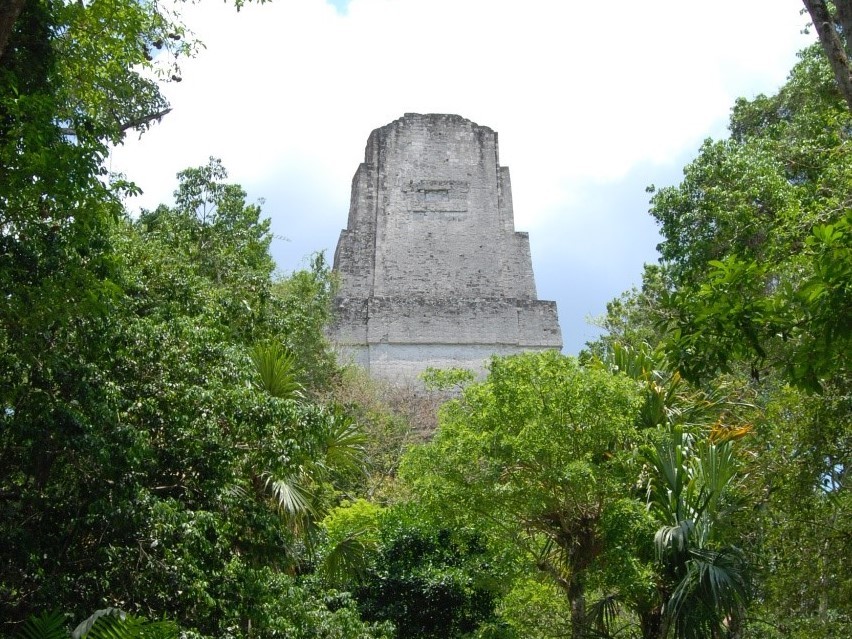
Smithsonian: UC finds pollution in ancient Maya city
A multidisciplinary team found toxic mercury and cyanobacteria in reservoirs
Smithsonian Magazine examined University of Cincinnati research that found evidence of toxic water pollution in reservoirs in the ancient Maya city of Tikal.
A multidisciplinary team of biologists, chemists, geographers and anthropologists studied former reservoirs found in Tikal in what is now northern Guatemala.
Their geochemical and ancient DNA analyses discovered toxic levels of mercury and blue-green algae or cyanobacteria that likely would have made people who drank the water sick.
The water pollution coincided with a time of severe droughts in the ninth century shortly before the city's population began to decline sharply.
Tikal dates back to the third century B.C. and was a thriving city supported by local agriculture. It's famous for its towering stone temples that rise above the rainforest.
UC's study was published in the Nature journal Scientific Reports.
“The conversion of Tikal’s central reservoirs from life-sustaining to sickness-inducing places would have both practically and symbolically helped to bring about the abandonment of this magnificent city,” the study concluded.
UC biology professor David Lentz, the study's lead author, said their findings help explain the depopulation of Tikal.
“Archaeologists and anthropologists have been trying to figure out what happened to the Maya for 100 years,” Lentz said.
Featured image at top: A temple at the ancient city of Tikal rises above the rainforest. Photo/David Lentz

UC researchers Nicholas Dunning, left, Vernon Scarborough and David Lentz set up equipment to take sediment samples during their field research at Tikal. Photo/Liwy Grazioso Sierra
Related Stories
The burning river that fueled a US green movement
May 5, 2025
An article by the BBC takes the reader back to the late 18th and 19th centuries, when US prosperity was defined by the industrial revolution, a time with little regard for the pollutants that came with industrial expansion. UC's David Stradling, professor of history, cited as expert source in the article.
Growing heart failure epidemic calls for prioritizing primary...
May 5, 2025
A rapidly growing heart failure epidemic calls for prioritizing primary prevention, according to a new scientific statement from the American Heart Association published in Circulation in April. The statement reviews the current evidence for predicting heart failure risk and offers risk-based strategies for heart failure prevention.
Two College Credit Plus high school students receive bachelor’s...
May 4, 2025
Two high school students received bachelor's degrees at the University of Cincinnati's Spring Commencement. Caden Elrod, a senior at Walnut Hills High School in Cincinnati, and Sai Gollamudi, a senior at Centerville High School in Centerville, receive their degrees while also completing their diplomas. They are first high school students in UC's College Credit Plus Program to earn bachelor's degrees.
